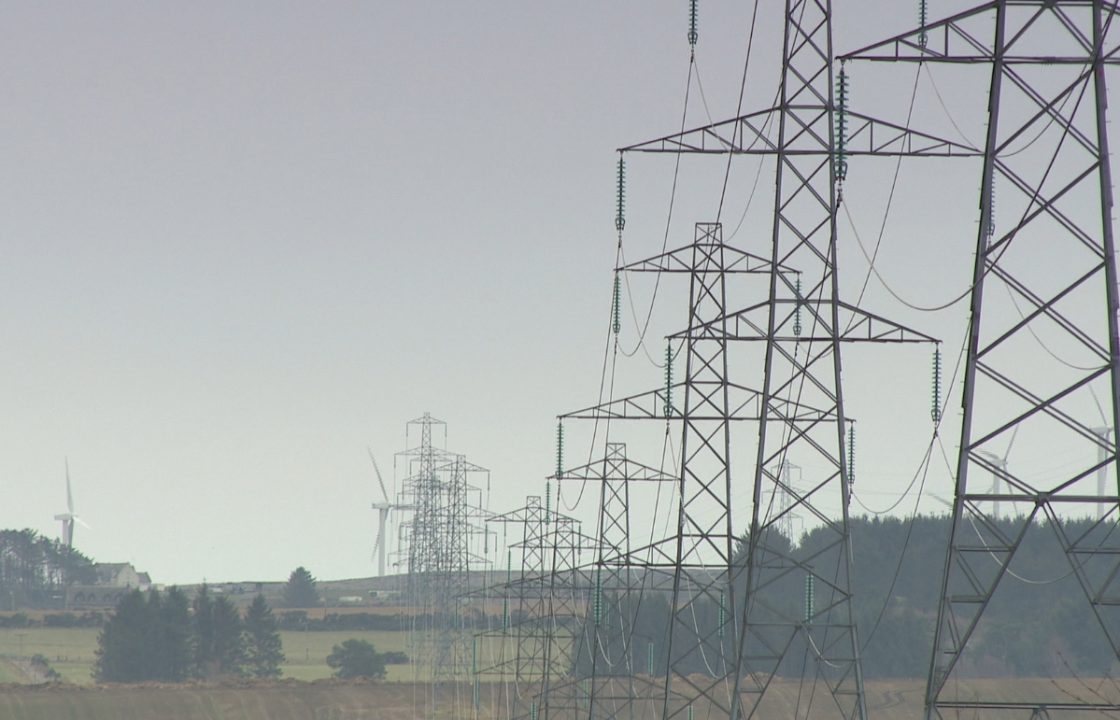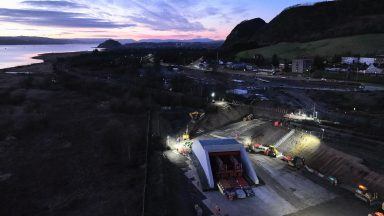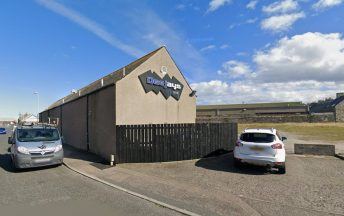It’s one of the biggest challenges facing Scotland and countries across the world: How do we decarbonise our energy network and harness more renewable energy than ever before into the National Grid?
Over the next six years, Scotland is due to spend billions upgrading its electricity network in order to carry masses more power, which is due to come online from wind farms.
Experts say that will be needed to help Scotland meet its net zero goals for 2045.
But the plans being presented to communities to achieve that objection have been met with anger and concern from those living nearby the proposed pylons, who argue the proposals “don’t make sense” and are just the start of the “mass industrialisation” of the countryside.
Network distributor operator SSEN Transmission is investing £20bn to build new infrastructure that would see pylons built to carry high voltage overhead power lines from Spittal in Caithness, through Moray and Aberdeenshire, to Tealing in Angus.
Campaigner John Rahtz from the Aberdeenshire community group Deeside Against Pylons, told STV News: “Near the River Dee, there is a gas pipeline which takes the gas from the North Sea down to England and they buried it and planted on top of it and you cannot see it.
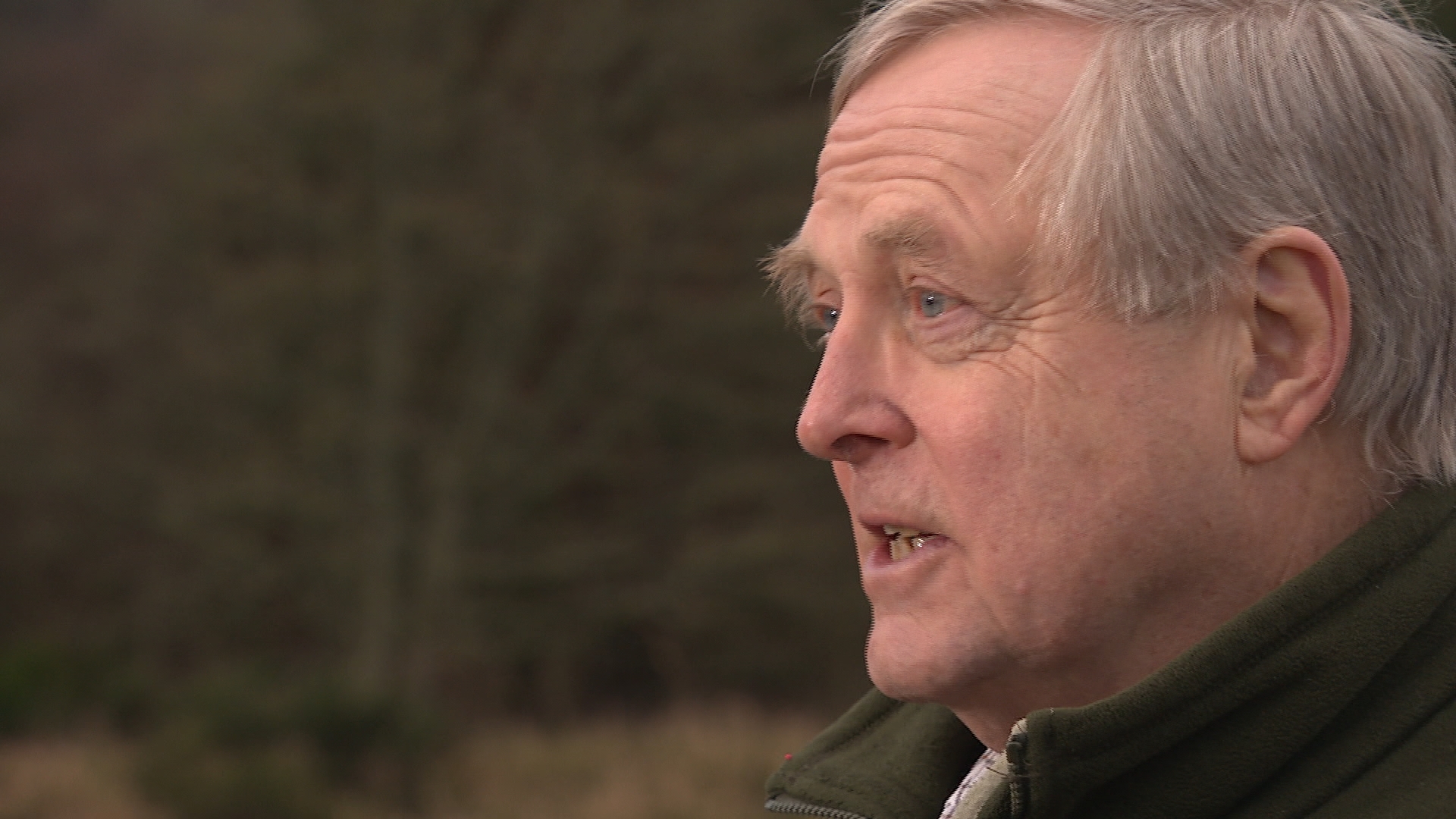 STV News
STV News“Now, this is that dirty old hydrocarbon filthy energy we’re trying to get rid of, and instead we use nice renewable energy and what do we do with it, we stick it on a huge pylon which buzzes when it rains.
“It just doesn’t make sense.”
Campaigners have pointed to countries like Germany, where they put high voltage lines underground using a direct current, rather than an alternating current used in Scotland to transport electricity on overhead power lines.
SSEN Transmission say that is not a tried and tested technology, and that it isn’t viable on the timescale needed to meet national climate targets.
The company’s managing director, Rob McDonald said: “This (investment) is made up of 11 major projects, six onshore and five offshore; roughly a third of that is on overhead lines.
“As a general rule of thumb, you will be looking about five to ten times the cost for undergrounding and there are real constraints with rocky terrain, hillsides are difficult, and these are operational issues that we can’t get around.”
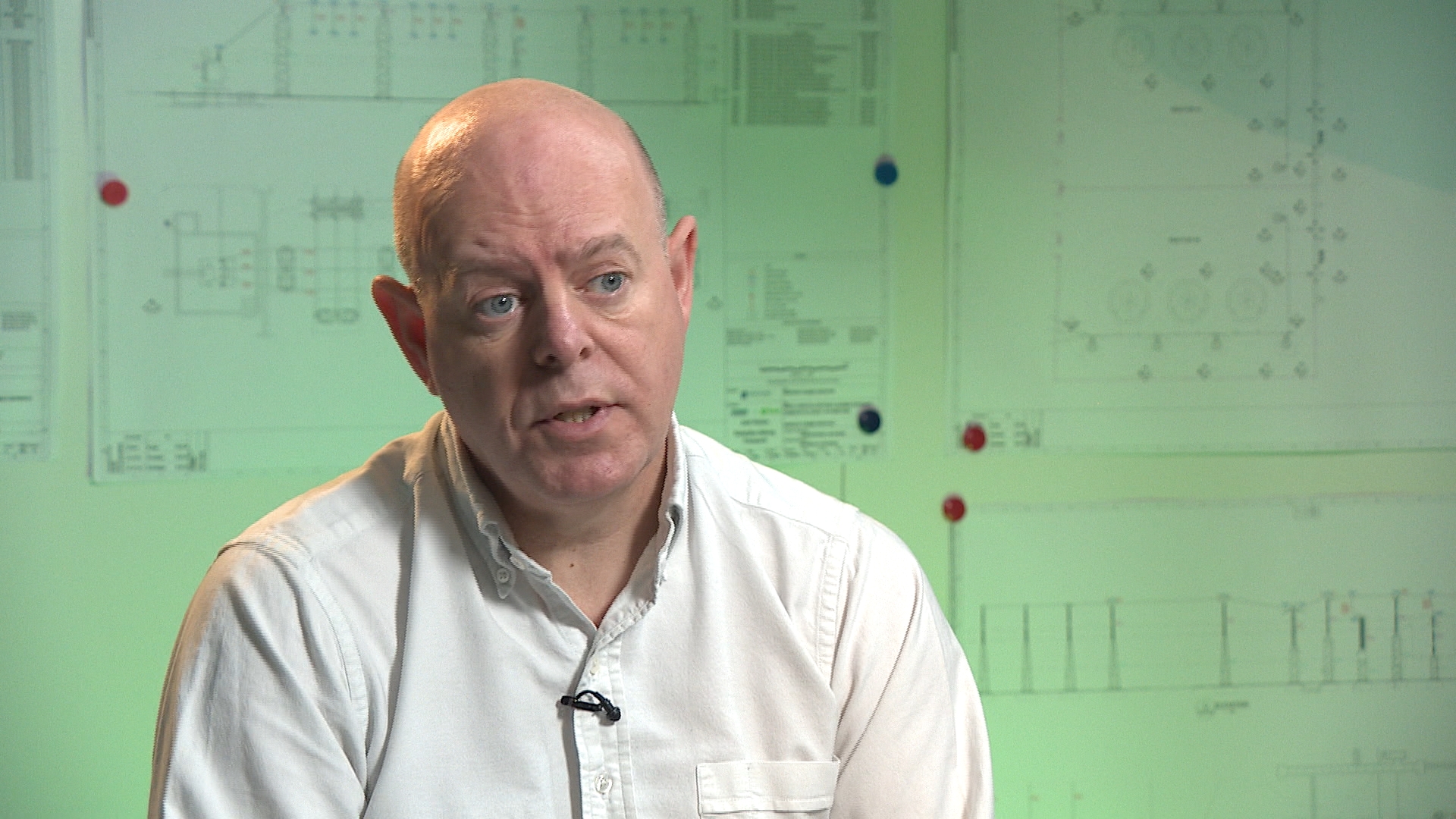 STV News
STV NewsThe new pylons due to carry these overhead lines have been dubbed as “monster pylons” by some of the communities living nearby.
On the current electrical network, the standard height of the structures is 38 metres.
But on the new 400kV network, the standard will be 54 metres high, and the tallest could be up to 70 metres tall.
The new lines carry more than triple the voltage than our existing pylons and some have raised questions over the potential health impact.
Dr Jennifer Sudder who lives in the planned pylon corridor near Drumoak in Aberdeenshire, said: “In the current scientific literature, there’s a 50% increased risk of cancer for those living long-term near high voltage power lines.
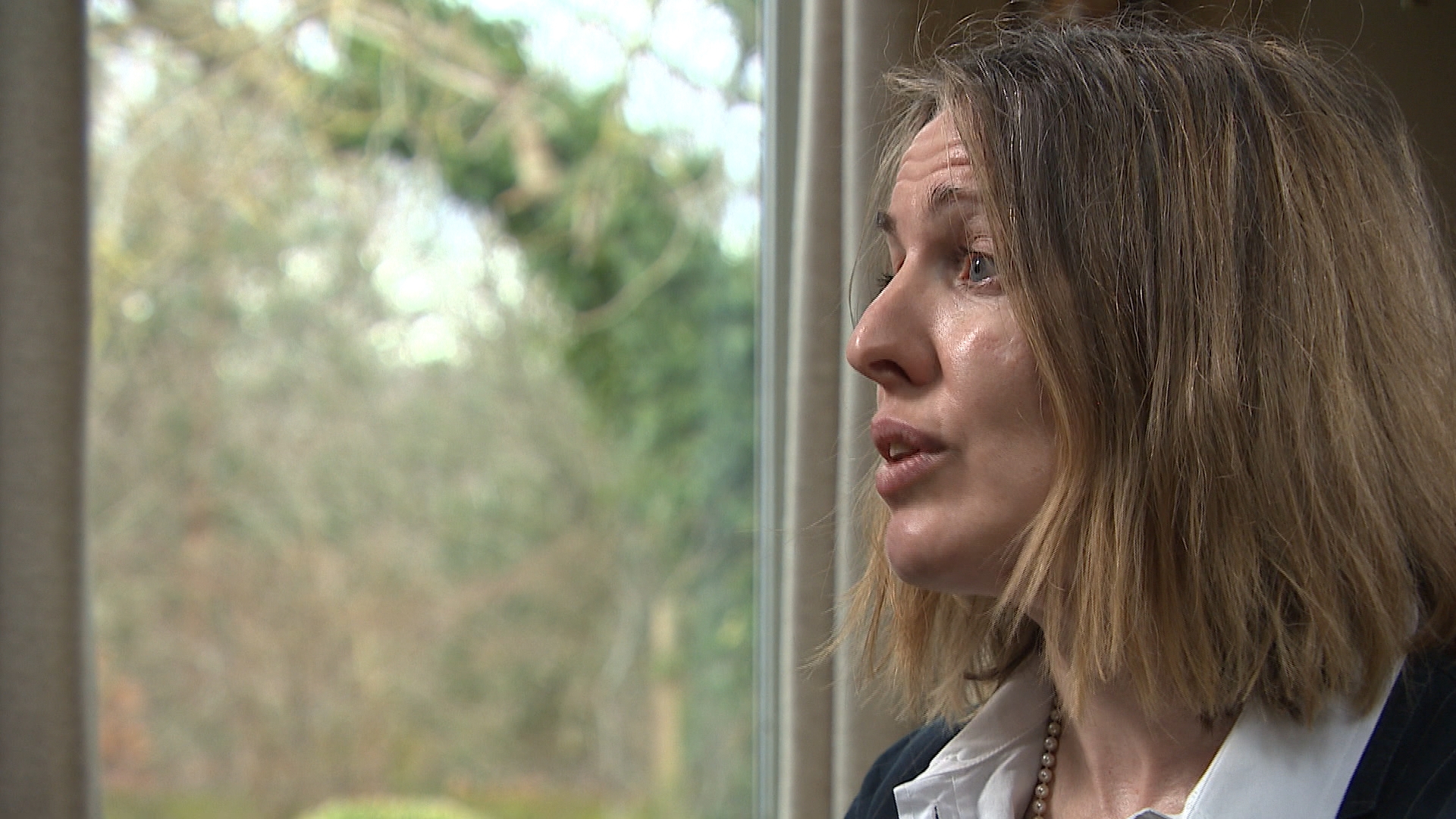 STV News
STV News“We need to look at the most up-to-date research, the risk of exposure to electro-magnetic fields increases the risks for leukaemia and cancers.”
The UK Government say there are several studies that show a “possible link” between exposure to magnetic fields in the home and childhood leukaemia.
They estimate that between two to five cases from a total of 500 in the UK could be attributable to magnetic fields.
But they also say the overall evidence is not strong enough to draw a firm conclusion between the two.
Sheena Hickey lives near the new Hurlie substation in Stonehaven and is concerned about value of her home once the infrastructure is built.
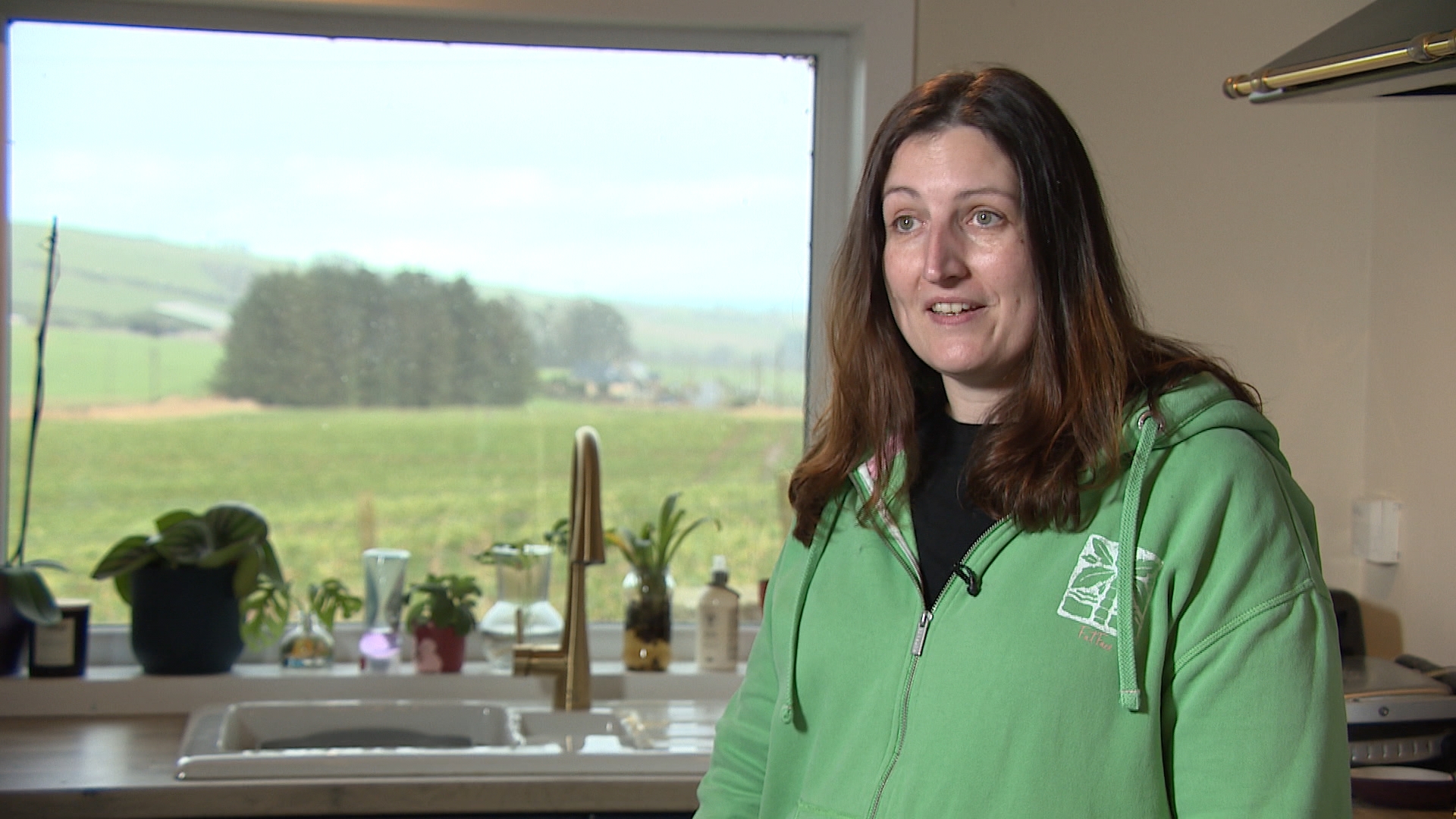 STV News
STV NewsMs Hickey told STV News: “We could lose 50% of the value of our house, which would put us into negative equity.
“The thought of trying to put money into the house and knowing it won’t be worth what we paid for it, we feel stuck and we feel very isolated.”
SSEN Transmission say there’s no evidence to support the devaluation of people’s homes.
Mr McDonald added: “We haven’t seen any wider evidence that there is a substantial impact on house prices.”
The company also said further detail on how communities will benefit from the proposals, in the form of money off their energy bills, is expected from the UK Government later this year.
SSEN Transmission have had several rounds of consultations on the plans and say they will work with communities.
But campaigners disagree and have vowed to continue their fight against the plans.
Gillian Martin, the Scottish Government’s minister for energy and the environment, said: “I speak to a lot of these companies, and it is my message to them, it is in your interest to engage early and thoroughly and sympathetically with communities, or else your projects might not come to fruition.”
She added: “Scotland has so many natural resources, plus the talent of the people working in the existing energy industries, that we could really be a world leader and export our energy and that’s good for Scotland’s economy.”
Follow STV News on WhatsApp
Scan the QR code on your mobile device for all the latest news from around the country


